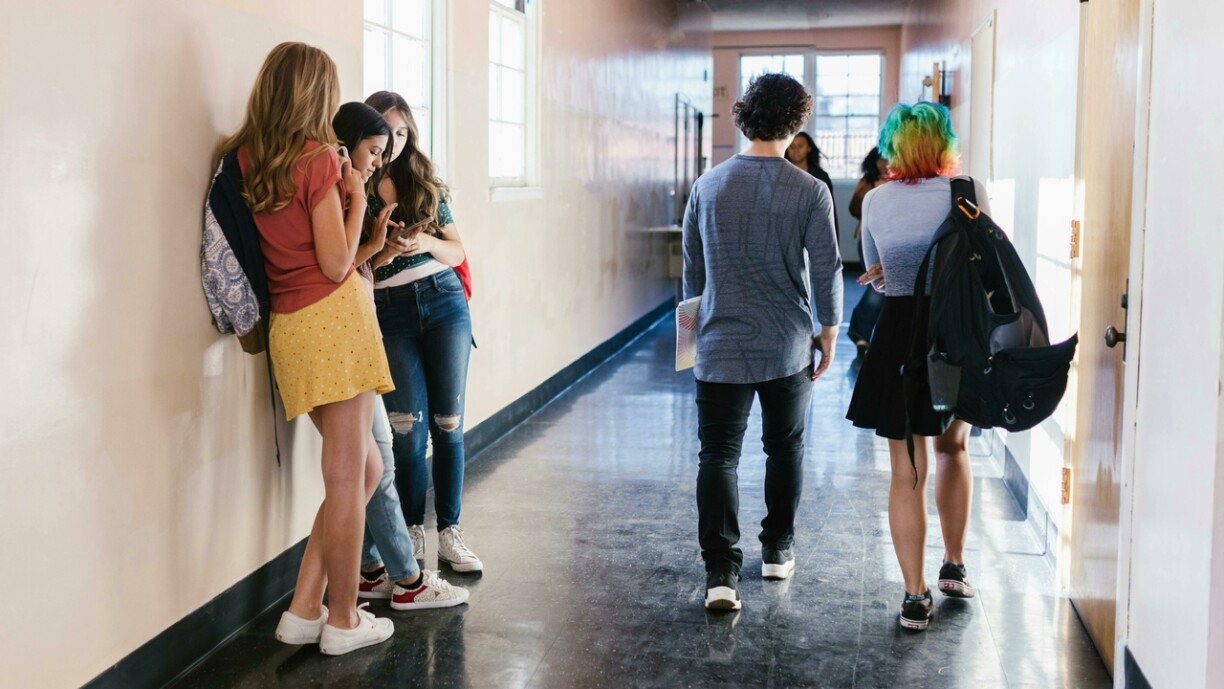
As the school year picks up again, it’s time for those pupils at the end of their primary school journey to look out for what’s next – secondary school. The following guide and tips will hopefully make the process less stressful. There are many secondary schools that offer different areas of study, diplomas, and learning techniques – and it is worth discovering which one is the right fit for your child and family.
In most cases, it’s a good idea to keep in touch with your student’s primary teacher who helped orient them into their chosen track. While that advice does not necessarily need to be followed, the teacher has first-hand insight into how the student has been working and has evolved over previous years.
There is not one specific track that needs to be followed: many different education choices are possible, such as classical secondary education (ESC), general secondary education (ESG), which is preferable for pupils wanting to learn a practical profession such as nurse, electrician, or technician.
Other than the traditional Luxembourgish systems, you can opt for a European education, International English curriculum (Cambridge), British education, German-Luxembourgish or French education.
If your child has a better understanding of subjects in English, or if that is their first language, you might want to consider choosing an International school, while keeping in mind which diploma you want to endeavour at the end of the seven years.
The different secondary school diplomas have their own advantages, and all of them give access to further education.
If you choose to go to a ‘traditional’ Luxembourgish high school you will receive a ‘Diplôme de fin d’études secondaires classique/général’, whereas for the European School you pass the European Baccalaureate.
The Cambridge curriculum ends with the International A-Level or AICE Diploma, and the same goes for British education schools like St. Georges International School.
The German-Luxembourg diploma is the same as the Diplôme de fin d’études secondaires classique/général or ‘Abitur’ in Germany, as it enables you to find work in both countries
Lastly, if choosing a French education, your child will be following the curriculum approved by the French Ministry of Education and will receive a French baccalauréat.
Read also – Short guide: International and Luxembourgish school systems in the Grand Duchy
Besides the differences in diploma, with some more oriented towards the pupils’ future, you can also consider high schools depending on their schedules.
All-day schools like Lycée Ermesinde in Mersch enable pupils to do their homework during the longer breaks, meaning they are mostly done with their tasks when they come home.
High schools following the traditional schedule usually run from 8am until 2pm every day, where the bulk of homework and studying needs to be done independently at home or in the library. Finally, you have secondary schools that conform their timetables to the primary system.
On Mondays, Wednesdays and Fridays school starts at 8am and ends at 4pm, and then Tuesday and Thursday school finishes at 12pm.
There are opportunities in every corner of the country, you don’t necessarily need to envisage travelling to Luxembourg City every day.
It is definitely worth keeping in mind how far your teenager has to travel every day. Travelling from Grevenmacher to the city centre every day is doable, but it takes up a lot of time that could be spent on extracurricular activities, homework, or leisure time.
Upon further request, the Maison de l’Orientation offered insightful advice to hopefully make your choice easier:
The website orientation.lu integrated mengschoul.lu which gives one the opportunity to look for high schools via a filtering system, with the criteria you seek. On the site, every high school has its own profile page where one can find an array of information, which is helpful when it comes to choosing.
Moreover, the website has an interactive map with the high schools’ geographical location and there is also a list feature equivalent to the map, listing every available school in alphabetical order, as well as their ‘motto’.
The school fair called YEP! happens every year in April. YEP!, short for ‘Youth Education Professions’ is a yearly school fair, organised by the government, which was launched in 2022. The fair consists of six areas where pupils will be informed about their possibilities. Find more information here.
The Ministry of Education, Children and Youth also offers a useful brochure titled Que faire après le 4e cycle de l’enseignement fondamental (What to do after the 4th year of primary school) in both French and German.
The child’s interests should be favoured as well, for instance, in relation to what the school offers as well as extracurricular activities one can pursue (sports, music, video, theatre…)
The more information you gather in time, the easier and more comfortable the choice will end up being. Studying in a school that fits a pupil’s needs perfectly has many positive benefits and it will turn their high school years into an unforgettable experience.